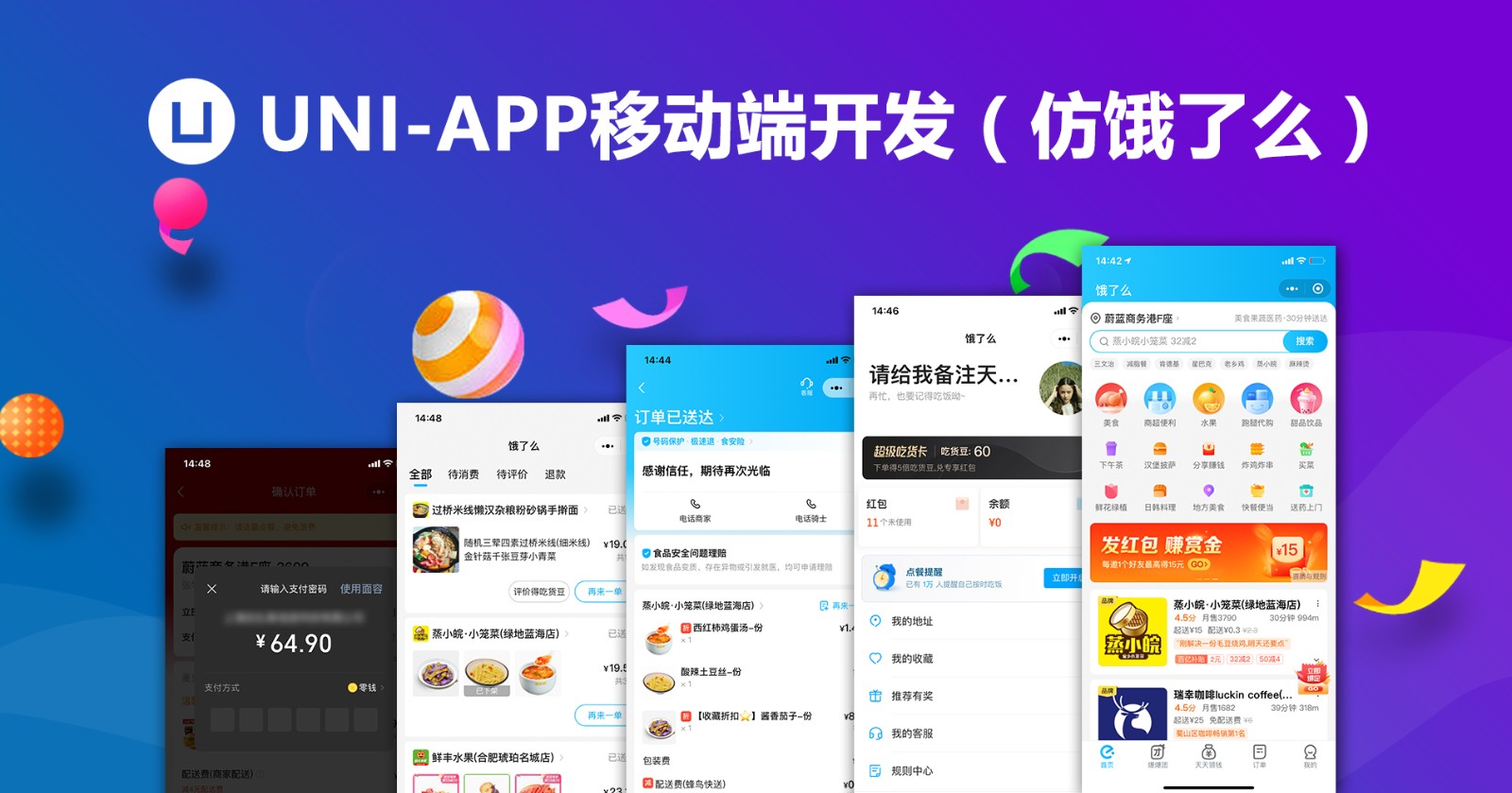在Go语言中使用Google Cloud Storage:完整指南
Google Cloud Storage是Google Cloud Platform中用于存储和访问数据的对象存储解决方案。它提供了高速、可扩展、安全的存储服务,易于集成到各种应用程序中。在本文中,我们将了解如何在Go语言中使用Google Cloud Storage来处理对象和文件。
准备工作
在开始之前,您需要安装Google Cloud SDK和Go语言环境。您还需要在Google Cloud Platform上创建一个项目并启用Google Cloud Storage API。这可以通过访问Google Cloud Console来完成。然后,您需要执行以下命令来设置默认Google Cloud项目:
gcloud config set project [PROJECT_ID]
接下来,在Go语言中使用Google Cloud Storage之前,您还需要安装Google Cloud Storage Go客户端库。这可以通过在终端中输入以下命令来完成:
go get -u cloud.google.com/go/storage
创建一个Bucket
在Google Cloud Storage中托管的对象必须存储在一个Bucket中。Bucket是一个由Google Cloud Storage管理的命名空间,用于存储对象(类似于文件夹)。要在Go语言中创建一个Bucket,可以使用以下代码:
package main
import (
"context"
"fmt"
"log"
"cloud.google.com/go/storage"
)
func main() {
ctx := context.Background()
client, err := storage.NewClient(ctx)
if err != nil {
log.Fatal(err)
}
bucketName := "my-bucket"
if err := client.Bucket(bucketName).Create(ctx, "my-project", nil); err != nil {
log.Fatal(err)
}
fmt.Printf("Bucket %v created.
", bucketName)
}在此例中,我们使用上下文和Google Cloud Storage Go客户端库创建了一个新的客户端。然后,我们指定Bucket名称并创建它。Google Cloud Storage Go客户端库为我们处理了所有必要的身份验证,这些身份验证通过Google Cloud SDK或环境变量配置。最后,此代码将输出Bucket的名称以示成功。
在Bucket中存储对象
一旦您创建了一个Bucket,就可以将对象存储在其中。在Go语言中,可以使用以下代码将对象存储在Bucket中:
package main
import (
"context"
"fmt"
"io/ioutil"
"log"
"cloud.google.com/go/storage"
)
func main() {
ctx := context.Background()
client, err := storage.NewClient(ctx)
if err != nil {
log.Fatal(err)
}
bucketName := "my-bucket"
objectName := "test-object"
content := []byte("hello world")
writer := client.Bucket(bucketName).Object(objectName).NewWriter(ctx)
if _, err := writer.Write(content); err != nil {
log.Fatal(err)
}
if err := writer.Close(); err != nil {
log.Fatal(err)
}
fmt.Printf("Object %v created in bucket %v.
", objectName, bucketName)
}在此代码中,我们创建了一个Bucket并将一个名为“test-object”的对象存储在其中。我们使用了google.golang.org/api/option中提供的环境变量帮助程序自动获取Google Cloud管理的Token,分别设置Bucket名称、对象名称和对象内容。使用NewWriter函数创建一个新的对象写入器。我们向对象写入器提供内容,然后确保对象关闭后也释放。最后,我们将成功创建对象的消息输出到控制台。
检索对象
检索Bucket中的对象与存储对象相同。使用以下代码从Bucket中检索对象:
package main
import (
"context"
"fmt"
"io/ioutil"
"log"
"cloud.google.com/go/storage"
)
func main() {
ctx := context.Background()
client, err := storage.NewClient(ctx)
if err != nil {
log.Fatal(err)
}
bucketName := "my-bucket"
objectName := "test-object"
reader, err := client.Bucket(bucketName).Object(objectName).NewReader(ctx)
if err != nil {
log.Fatal(err)
}
defer reader.Close()
content, err := ioutil.ReadAll(reader)
if err != nil {
log.Fatal(err)
}
fmt.Printf("Object %v in bucket %v contains: %v", objectName, bucketName, string(content))
}在此代码中,我们使用NewReader函数创建一个新的对象读取器,读取完后使用defer机制释放,然后读取对象内容并将其输出到控制台。
删除对象和Bucket
最后,您还可以使用以下代码删除Bucket中的对象和Bucket本身:
package main
import (
"context"
"fmt"
"log"
"cloud.google.com/go/storage"
)
func main() {
ctx := context.Background()
client, err := storage.NewClient(ctx)
if err != nil {
log.Fatal(err)
}
bucketName := "my-bucket"
objectName := "test-object"
if err := client.Bucket(bucketName).Object(objectName).Delete(ctx); err != nil {
log.Fatal(err)
}
fmt.Printf("Object %v deleted from bucket %v.
", objectName, bucketName)
if err := client.Bucket(bucketName).Delete(ctx); err != nil {
log.Fatal(err)
}
fmt.Printf("Bucket %v deleted.
", bucketName)
}在此代码中,使用Delete函数删除Bucket中的对象和Bucket本身。
结论
以上是在Go语言中使用Google Cloud Storage的完整指南。借助Google Cloud Storage Go客户端库,我们可以轻松地创建Bucket、存储和检索对象,并管理Bucket和对象。由于Google Cloud Storage是一个可扩展的解决方案,因此您可以根据需要存储和管理数据,而不必担心数据量的限制。
以上就是在Go语言中使用Google Cloud Storage:完整指南的详细内容,更多请关注php中文网其它相关文章!

已抢23721个
抢
已抢118201个
抢
已抢139483个
抢
已抢6321个
抢
已抢36348个
抢
已抢66928个
抢